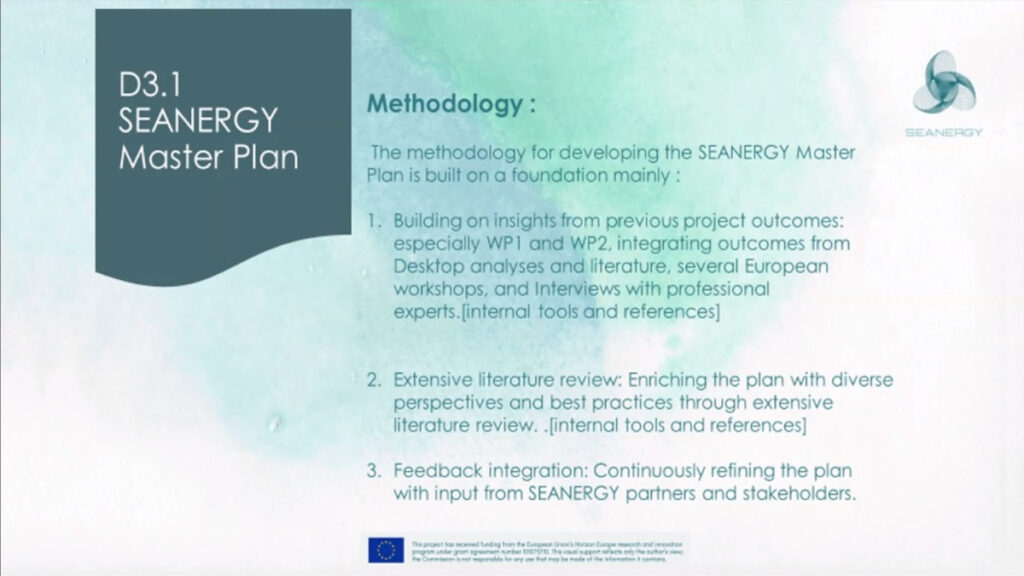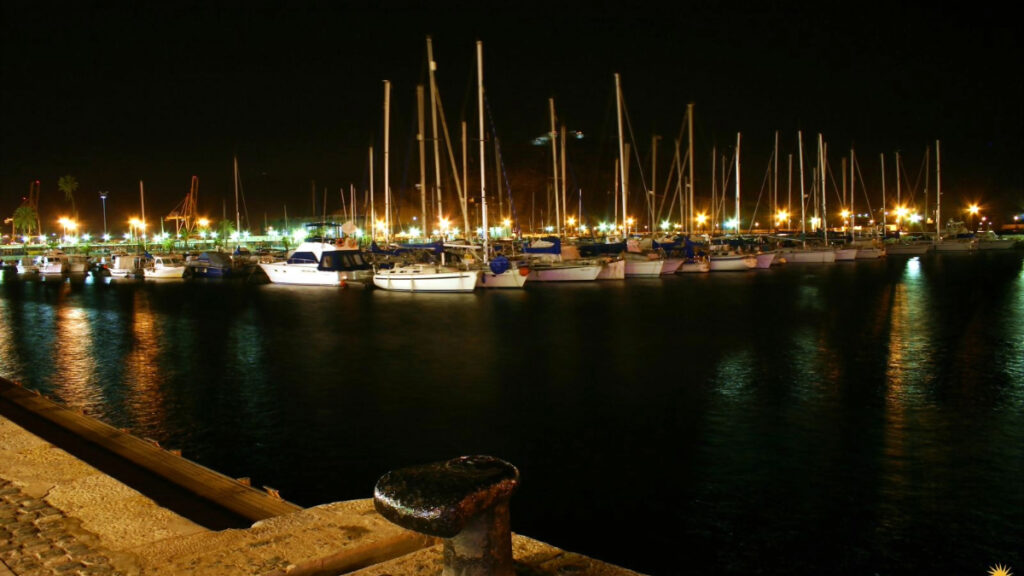The SEANERGY Project, represented by project partner ATPERSON, has held a joint event with the Port of Cartagena on October 21st.

The Port of Cartagena is the most profitable port in the Spanish port system and is leading the production and export of renewable hydrogen. It is an EPSO Port and promotes FERRMED standards, which enhance the connections of ports with their respective hinterlands, as well as boosting the Great Scandinavian-Rhine-Rhône-Western Mediterranean Freight Rail Axis. The port’s social innovation has been based on principles of concerted governance between the city and port authorities, respect for the identity of the millennial city of Cartagena, principles of city/port cohabitation, respect for the balances between port city and natural environment, strengthening social cohesion and employment dynamisation, favoring port and urban economic development, protecting historical buildings and, therefore, opening the city to the sea, eliminating existing physical and psychological barriers. Among their sustainability strategy, they have developed an outstanding carbon capture strategy with Posidonia Oceanica. Cartagena’s Port has successfully reforested seagrass meadows within the port, achieving a 77% survival rate. The project aims to restore marine biodiversity, protect the endemic Posidonia oceanica, and reduce carbon emissions. Over 150 seagrass plants have been planted in designated areas, and the project is expected to expand in the coming years. Seagrass meadows play a vital role in marine ecosystems, providing habitat, food, and filtration services.
During this event, the SEANERGY Project presented its comprehensive strategy to transform ports into hubs of renewable energy production. By integrating diverse RES SEANERGY aims to decarbonise port operations and their surrounding communities. Apart from the Project’s main results and the academic course and regional challenge, the core of the meeting was to discuss the SEANERGY Master Plan and Handbook.


The SEANERGY Master Plan envisions ports as dynamic centers of clean energy generation and distribution. Beyond powering their own operations, these ports will supply renewable energy to local and regional grids, reducing reliance on fossil fuels and lowering carbon emissions. Furthermore, SEANERGY prioritises circular economy practices, minimising waste and maximising resource efficiency.
We explored how our Master Plan was compatible with the Port of Cartagena’s energy transition. Through collaboration among industry partners and stakeholders across Europe, the discussion envisaged is the current implementation of solutions that promote the sustainable use of marine and port resources. This collaborative approach with Ports is essential to achieving the project’s ambitious goals and driving the global energy transition.
We would like to thank the Port of Cartegena for their cooperation with the SEANERGY Project.
